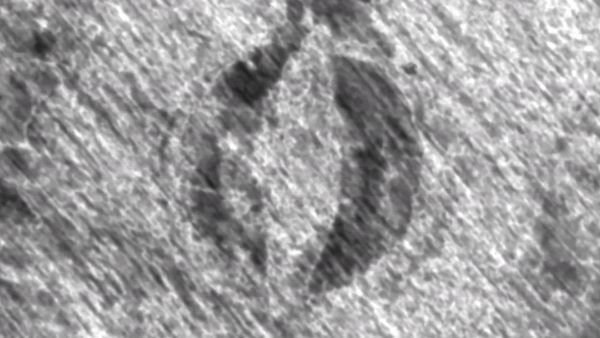
Walking through this lush, tropical forest, visitors may not realize at first that they are among the monumental remains of a large ancient Maya center. Where are all the great stone pyramids, ball-courts, temples, and other monuments so often attributed to great ancient Maya centers? Yet, one sees a tropical landscape that is anything but flat. There is a jungle-shrouded mound here, another one over there. A well-planned walking path winds through what a visitor might describe as the Maya version of the Garden of Eden. Like the very first 18th and 19th century explorers of the Maya world, one sees what could be ancient structures still hidden beneath their canopy shroud. Some of them here have now been partially exposed, betraying what might lie beneath and leaving the rest to the imagination. Visitors soon acquire the impression that this place is very different than any other encountered in the Maya world. Straddling the border between Guatemala and Belize, it is known as El Pilar. It has been explored and studied by archaeologist Dr. Anabel Ford of the University of California, Santa Barbara for decades.
Read the rest of this article...





/https://public-media.si-cdn.com/filer/87/72/87721437-be66-4d19-bae0-90bc9e7cfd6e/doggerland2sml-1-700x715.jpg)


